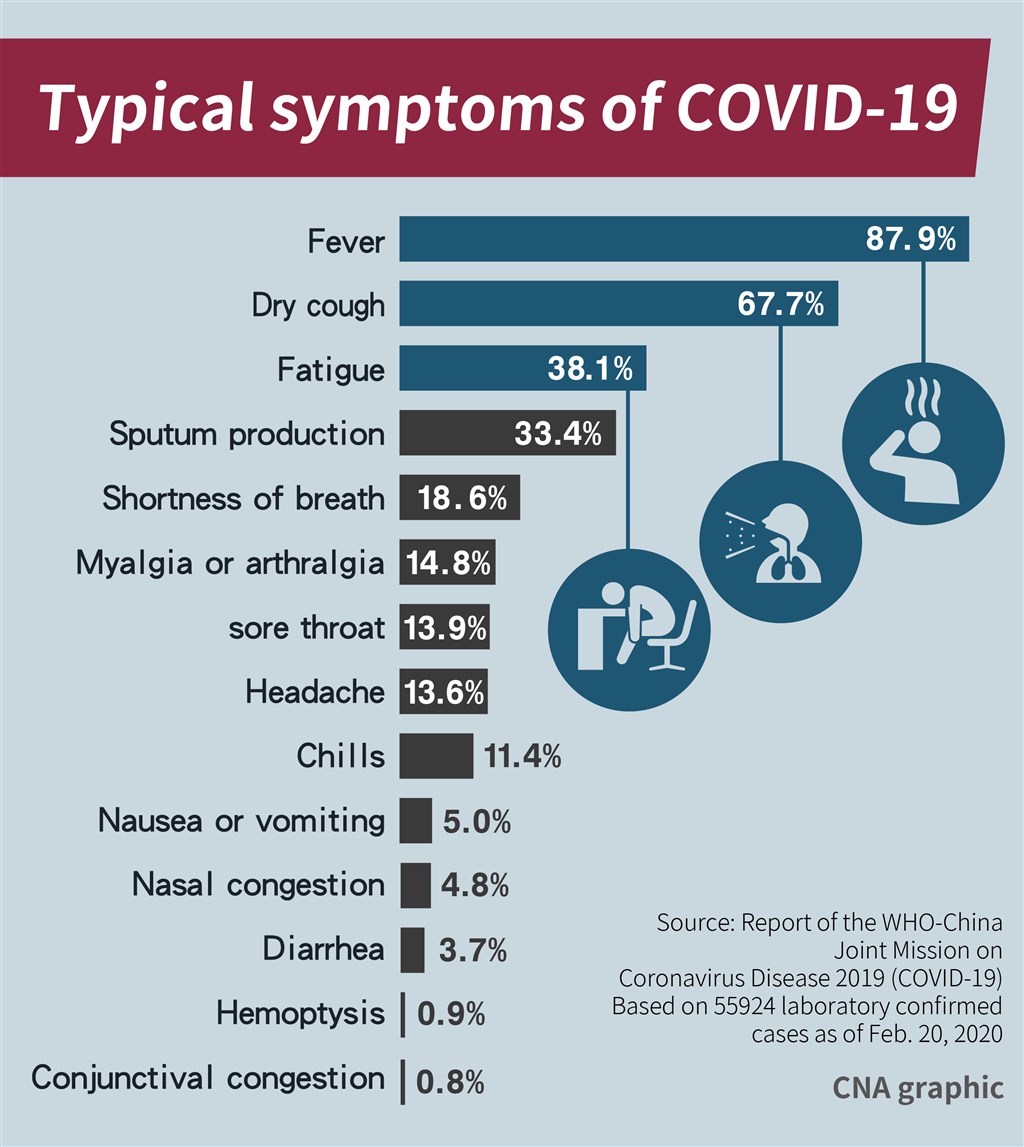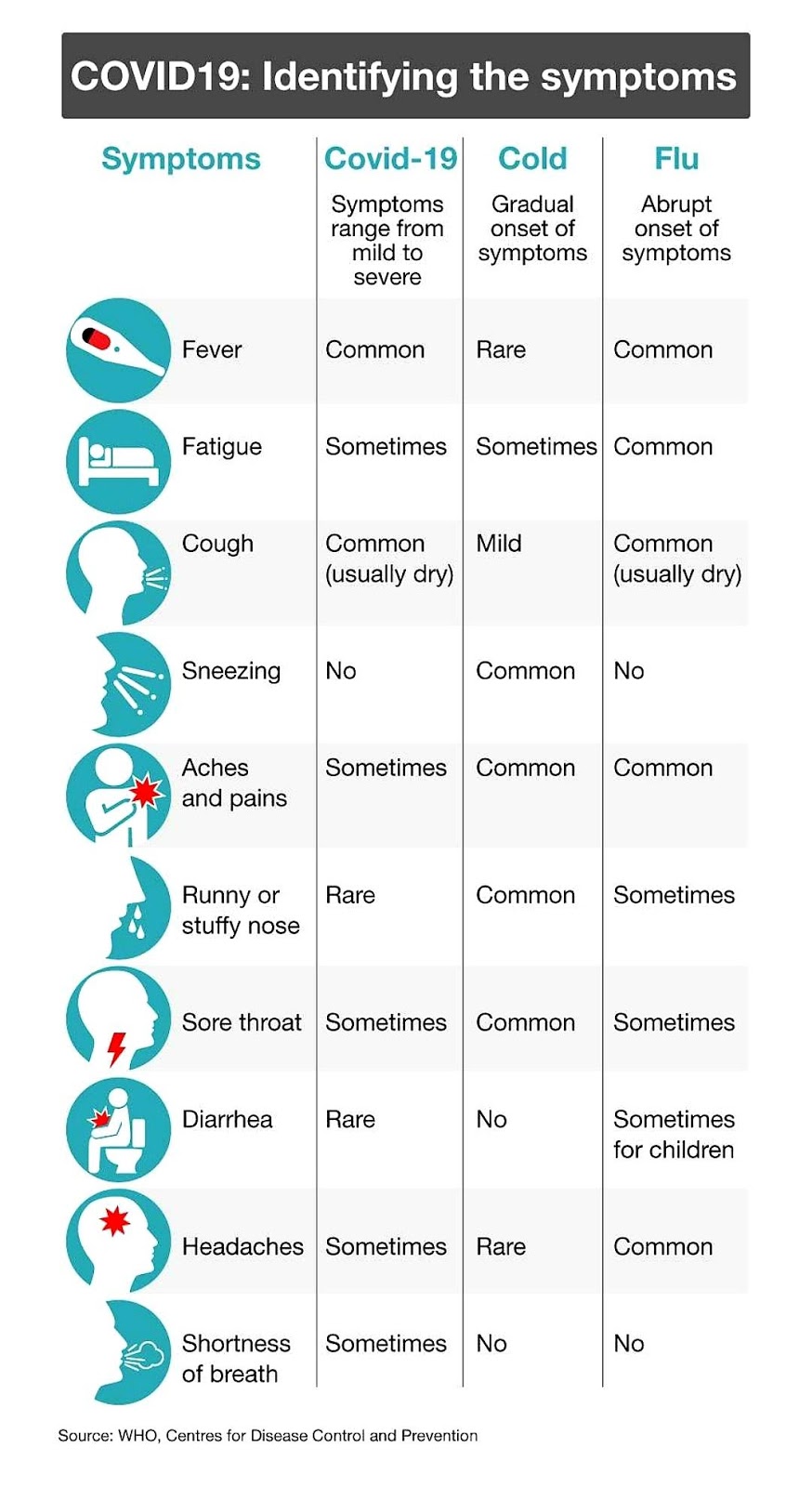
Some people will feel better after a few days and some people will still have symptoms after 10 days, possibly even weeks later.īeyond taking Paxlovid, there isn't much you can actively do to make COVID symptoms go away. The length of your symptoms will depend on a lot of factors, including whether you're up to date on vaccinations and boosters and whether you take Paxlovid (more on that in a moment). If you need to leave your house for a necessary reason-for instance, to pick up a medication or grocery delivery from your lobby-Benjamin said you should wear a tight-fitting N95 mask. While you are isolating, you should stay home and limit contact with anyone who's not infected, both inside your home and out. If not, you need to continue, for up to 10 days. If you are feeling better and are fever-free without medication, you can end your isolation, Davis said. That's the first day you can evaluate how you're feeling to determine if you need to continue isolation: Are your symptoms improving? Have you been fever-free for at least 24 hours without using an over-the-counter fever-reducing medicine (acetaminophen or ibuprofen)? Getting to Day Six doesn't mean you can abandon all precautions. "Certainly the first five days, you should definitely isolate," he said.īut that's the minimum, not the maximum. Those first five days represent the period during which you are the most infectious, said Georges Benjamin, the executive director of the American Public Health Assn.
Covid symptoms timeline day by day vaccinated full#
If you tested positive but are asymptomatic, the recommendation is to isolate for five full days after the positive test.

That means the first day you start to feel sick is Day Zero your five-day countdown begins the next day. Centers for Disease Control and Prevention is to isolate for five full days after symptoms begin. The most recent recommendation from the U.S. You aren't required to report your result to the county or anywhere else, Davis said, though he did recommend letting your health care provider know. You do not need to take a follow-up PCR test if you've had a positive result on a home test. Home antigen tests are widely available and can reliably determine if you have a significant enough viral load to be contagious. "People should also be aware that no symptoms is also a symptom of COVID." "I had absolutely no symptoms and would not have learned I had COVID apart from having taken the test," she said. She got a positive result-her first time catching COVID in three years of the pandemic. After returning home, she took a test as a precaution.
:no_upscale()/cdn.vox-cdn.com/uploads/chorus_asset/file/19786877/covid_19_testing_per_capita.jpg)
Over Christmas, she traveled to England and celebrated her birthday at a large family gathering. If you've done something during which you could have been exposed to COVID-such as traveled by plane or gone maskless in a large crowd-it's a good idea to test after a few days even if you don't have any symptoms, Cannon said. In a more severe case, he said, symptoms could include shortness of breath, racing heart, nausea, vomiting and diarrhea. Loss of taste is a lot less prevalent now but could still be a symptom, said Muntu Davis, health officer for the L.A. Sniffles, fatigue, cough, sore throat, fever, stuffy nose, muscle aches-they could all point to COVID, though they could also be signs of any of the plethora of respiratory illnesses floating around in this tripledemic winter.

But now, "anything going on in your head, nose or throat, you should absolutely suspect COVID," Cannon said. Of course, you won't necessarily know if or when you've been exposed.īack in 2020, one hallmark of COVID was a sudden loss of taste and smell. Most infected people began showing symptoms three to six days after exposure the median length of time between exposure and infection was five days. If you've been exposed to COVID, symptoms of infection can show up two to 14 days later, according to a 2020 survey of reported cases. How long after exposure do you develop COVID symptoms? Here are the latest protocols for what you should do if you test positive for COVID in 2023. "It's so freaking infectious, even if you've been boosted and vaccinated."Īfter three years and what feels like a thousand public health proclamations about testing and isolating, you might find yourself falling down a frantic Google hole after that second line shows up on an at-home test.

"It's really hard to not catch omicron," said Paula Cannon, a virology professor at the USC Keck School of Medicine. Hundreds of people still die of COVID worldwide every day, according to the World Health Organization. Though cases and deaths are on a downswing, plenty of people are still testing positive, especially as mask usage dwindles and pandemic restrictions end.


 0 kommentar(er)
0 kommentar(er)
